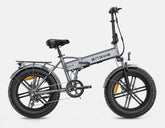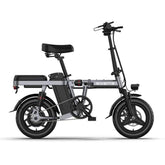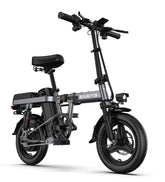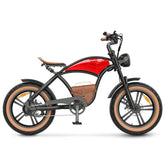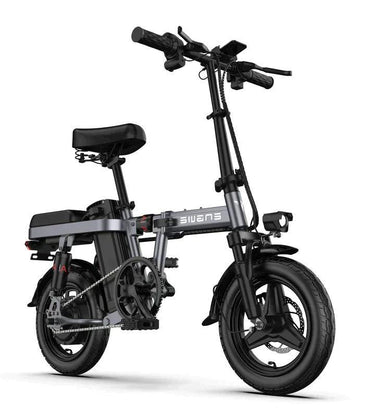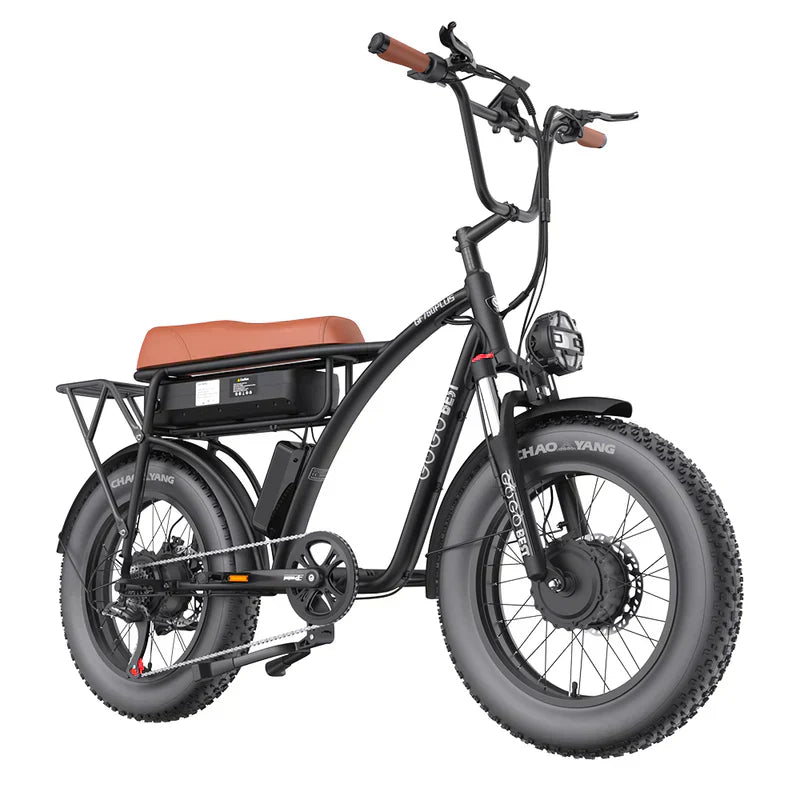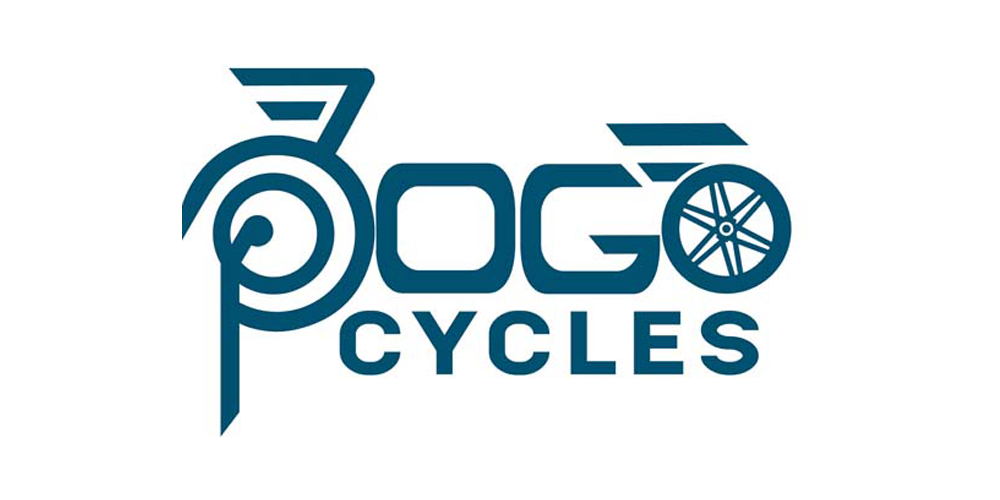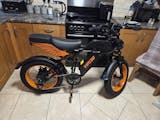How Do Electric Bikes Work?
Electric bikes, or e-bikes, are a revolutionary innovation that has redefined the way people think about cycling. By incorporating cutting-edge technology and intuitive design, e-bikes offer a blend of efficiency, convenience, and excitement. What was once considered a physically demanding activity has now become a smooth, effortless experience, appealing to a wide range of riders—from urban commuters to adventure enthusiasts.
In this blog, we’ll delve into the mechanics of e bikes, explaining how they differ from traditional e bike, the unique components that power them, and how they work together to deliver an unparalleled riding experience.

How Are Electric Bikes Different From Traditional Bikes?
At first glance, e bikes resemble traditional bicycles in shape and function. They still have pedals, handlebars, and wheels. However, the similarities largely end there. E bikes incorporate advanced technology and specialized components that set them apart from their traditional counterparts.
Key Components That Differentiate E-Bikes
-
Electric Motor
The motor is the heart of any ebike. It provides the additional power that assists the rider. E-bike motors can be mounted in two primary locations:- Hub-Based Motors: Located in the front or rear wheel hub, these provide direct torque to the wheel.
- Mid-Drive Motors: Positioned near the pedal crank, these offer a more balanced and efficient power distribution.
-
Battery
The battery supplies the electrical energy needed to power the motor, sensors, and display.- Batteries can be frame-integrated for a sleek appearance or externally mounted for easy access.
- Modern lithium-ion batteries are lightweight, long-lasting, and capable of supporting extended rides.
-
Sensors
E-bikes are equipped with advanced sensors that ensure seamless power delivery. These include:- Torque Sensors: Measure the force applied on the pedals to regulate motor assistance.
- Speed Sensors: Monitor how fast the bike is moving.
- Cadence Sensors: Detect the pedaling speed and adjust motor output accordingly.
-
Display Screen
The display acts as the rider’s dashboard, showing essential metrics such as:- Battery life
- Speed
- Distance traveled
- Mode selection (e.g., Eco, Normal, Sport)
Classification of Electric Bikes
Electric bikes are categorized into three distinct classes based on their functionality and speed capabilities:
- Class 1: Pedal-assist only, with a maximum speed of approximately 30 km/h. These are ideal for beginners and are often permitted on traditional bike paths.
- Class 2: Equipped with a throttle system, these e-bikes allow riders to control speed without pedaling. They also reach speeds over 30 km/h.
- Class 3: Advanced pedal-assist bikes that can achieve speeds up to 45 km/h, making them suitable for fast-paced commutes and adventurous rides.

How Do Electric Bikes Work?
The operation of an electric bike is a result of harmonious collaboration between its various components. Here’s how these elements work together to enhance the riding experience:
1. Torque Sensing
Torque sensors play a critical role in determining how much assistance the rider needs. They measure the force exerted on the pedals and calculate the torque being applied.
2. Pedal Assist
Once the torque sensors gather input, the data is sent to the motor. The motor then generates power proportional to the rider’s effort, making pedaling feel easier and less strenuous. In pedal-assist mode, the motor doesn’t replace pedaling but supplements it, reducing the energy required from the rider.
3. Power Supply
The battery acts as the e-bike’s powerhouse. It provides the energy needed to operate the motor, sensors, and display. The capacity of the battery directly affects the range of the e-bike, with high-capacity batteries allowing for longer rides on a single charge.
4. Information Display
The handlebar-mounted display provides the rider with real-time feedback. It shows critical information such as:
- Remaining battery life
- Current speed
- Distance traveled
- Selected assistance mode
By monitoring these metrics, riders can optimize their journeys and make informed decisions about when to conserve battery power or switch modes.
Benefits of Electric Bikes
Electric bikes offer more than just convenience; they bring a host of benefits that make them a preferred choice for modern riders:
-
Eco-Friendly Transportation
E-bikes are an environmentally friendly alternative to traditional motorized vehicles. By producing zero emissions, they contribute to cleaner air and a healthier planet. -
Cost-Effective Commute
With rising fuel prices, e-bikes provide a cost-effective way to travel. Charging an e-bike battery costs only a fraction of what you’d spend on gas or public transport. -
Health and Fitness
Contrary to the misconception that e-bikes require no effort, they actually encourage physical activity. Riders can choose their level of assistance, combining the benefits of exercise with the convenience of motorized support. -
Accessibility
E-bikes make cycling accessible to a broader audience, including older adults and individuals with limited physical strength. -
Versatility
Whether you’re commuting to work, running errands, or exploring nature trails, e-bikes are versatile enough to suit a variety of needs.
Electric Bikes in Action: The Bezior X Plus Electric Mountain Folding Bike
A prime example of an advanced electric bike is the Bezior X Plus Electric Mountain Folding Bike, available at Pogo Cycles. This e-bike showcases the perfect blend of cutting-edge technology and practical design:
- 750W Motor: Delivers powerful performance for tackling steep inclines and rugged trails.
- Foldable Design: Makes storage and transport a breeze.
- Full Suspension: Ensures smooth rides even on bumpy terrain.
- Integrated Battery: Offers long-range capability, perfect for extended adventures.
With the Bezior X Plus, riders can experience the thrill of effortless exploration while embracing an eco-conscious lifestyle.
Electrify Your Ride with Pogo Cycles
Electric bikes are more than just a trend—they represent a transformative step toward sustainable urban mobility and enhanced cycling experiences. By combining advanced technology, stylish designs, and reliable performance, e-bikes have made cycling more accessible and enjoyable for everyone.
At Pogo Cycles, we offer a curated selection of top-quality electric bikes that cater to every need and preference. From urban commuters to adventurous trailblazers, there’s an e-bike for everyone in our collection.
Ready to revolutionize your ride? Explore our e-bike collection today and experience the future of cycling with Pogo Cycles.
Final Thoughts
Electric bikes have redefined cycling by making it more efficient, accessible, and enjoyable. With their innovative components and eco-friendly benefits, e-bikes are the perfect solution for modern transportation needs. Whether you’re seeking convenience, fitness, or adventure, e-bikes provide the ultimate riding experience.
Discover your perfect ride at Pogo Cycles and take the first step toward a smarter, greener future today!


